The Gout and The Spider
A few weeks ago I wrote about the stone, the radish and the knife and we considered the ways in which early modern medical practitioners attempted to rationalise and justify their treatments with stories that explained how a particular medicine was discovered. But it was not only remedies and medicines that could be explained to patients and readers of medical texts using narratives, diseases and the ways in which they manifested could also be justified in this way.
In particular Gout was described in many texts using one particular story. Gout, similarly to bladder stones, was a very painful disease and could be very debilitating. Early modern doctors explained that gout was a dropping of excess humours into the joints of the hands, feet and knees (and occasionally other body parts) which t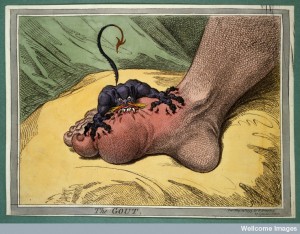 hen hardened and calcified causing the joints to seize up and become immobile. In severe cases these humours would harden into small stones that had to be cut out of the joints by a surgeon. Repeatedly medical texts and images evoked the searing pain that immobilised the sufferers of gout, particularly when it affected the feet and legs. [see the image to the right]
hen hardened and calcified causing the joints to seize up and become immobile. In severe cases these humours would harden into small stones that had to be cut out of the joints by a surgeon. Repeatedly medical texts and images evoked the searing pain that immobilised the sufferers of gout, particularly when it affected the feet and legs. [see the image to the right]
As gout was a flux of superfluous humours into the joints, it was thought, fundamentally, to be caused by excess 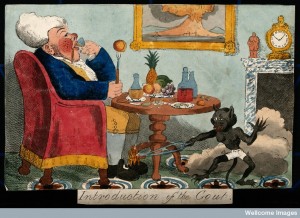 consumption of food and drink, and by excessive sexual behaviour. As John Browne explained: ‘The Gout and Scurvy are the natural Sons and Daughters of Bacchus and Venus; and act as many mad tricks in the Body’.1 These factors unbalanced the humours and caused them to be produced in larger quantities, which couldn’t be effectively expelled by sweating, excretion and urination. And this is where our gouty ‘story’ became important. Several medical writers included the following story, in one form or another, in their texts to explain to their readers why the Gout more often affected the rich and powerful, rather than the humble and hardworking:
consumption of food and drink, and by excessive sexual behaviour. As John Browne explained: ‘The Gout and Scurvy are the natural Sons and Daughters of Bacchus and Venus; and act as many mad tricks in the Body’.1 These factors unbalanced the humours and caused them to be produced in larger quantities, which couldn’t be effectively expelled by sweating, excretion and urination. And this is where our gouty ‘story’ became important. Several medical writers included the following story, in one form or another, in their texts to explain to their readers why the Gout more often affected the rich and powerful, rather than the humble and hardworking:
A tale that is true enough.
A great while agoe, when Monsieur Gout was not so rich (as now he is,) he was forced to travell, as other poore men are sometime, in his travel he met with a spider, whose jounay lay as Mr Goutes did: they being both benighted they sought lodging, and came to a poore mans house, which the Gout tooke up for his lodging, for he being alwayes a laisie companion, would goe no farther, but the Spider being more nimble, went to a rich mans house, and there tooke up his lodging for that night: the next day they met againe, and asked each other of their entertainement the passed night, mine saide the Gout, was the worst as ever I had, for I had no sooner touched the poore mans legs, thinking ther to take my rest, but up he gets, and to threashing he goes, so that I had no rest the whole night. And I , saide the Spider, had no sooner begun to build my house, in the rich mans chamber, but the Mayde came with a broome, and tore downe all my worke, and so fiercely did pursue me, that I had so much adoe to save my life, as ever I had. Seeing it is so then, saide the Goute, we will change lodging, I will doe to the rich mans house, and thou shalt goe to the poore mans: they both were well content, and did so and found such ease and rest in their lodging, that they resolved never to remove, for the Spider builded and was not troubled, the Gout he was entertained with a soaft cushion, with down Pillowes, with dainty Caudels, and delicate broathes; in briefe: he did like it so well that ever since he takes up his lodging with rich men, where I desire that he should take his rest, rather than in my poore house. Then may one say, if that poore men be free of it, what need I to speake thereof: I doe it for poore prodigals, who often spend their monies, yet keepe this disease.2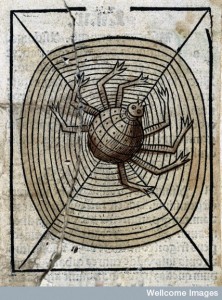
Those who were rich and indulged in rich food and too much wine, were those more likely to get gout, as the author of this medical treatise explained ‘it commonly keeps good company, as Bishops, Cardinals, Dukes, Earls, Lords, Knights, Judges, Gentlemen, and Merchants’.3 The story in a round-about way explained to readers why this disease appeared to only afflict those in the upper classes. Moreover, in doing so the author was able to advocate the health benefits of a moderate diet, moderate exercise and hard work – all of which would keep the humours in balance and fend off disease.
It is not yet clear to me where this story came from or why the spider was deemed to be a good comparative tool for a disease. But if nothing else it is perhaps interesting that those who reproduced this story and those who read it were happy to accept an anthropomorphised description of a disease. Here gout was not simply a flux of humours but an active, thinking, talking entity that sought ease and comfort for itself at the expense of others.
______
1. John Browne, The Surgeons Assistant. In which is plainly discovered the True Origin of most Diseases. Treating particularly of the Plague, French Pox, Leprosie, &c. … (London, 1703), p.34.
2. Anonymous, The Poore-mans Plaster-box. Furnished with diverse Excellent Remedies for sudden Mischances, and usuall infirmities, which happen to Men, Women, and Children in this Age. (London, 1634), p.31.
3. Ibid, p. 30.
© Copyright Jennifer Evans. All rights reserved.
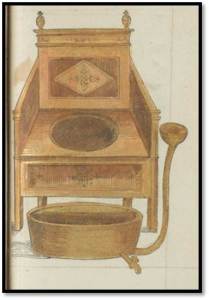
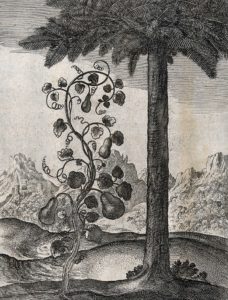

Gout can present in a number of ways, although the most usual is a recurrent attack of acute inflammatory arthritis (a red, tender, hot, swollen joint).:,,:
Freshest article on our personal web portal http://www.healthmedicinejournal.com
The Gout And The Spider from Aesop fables